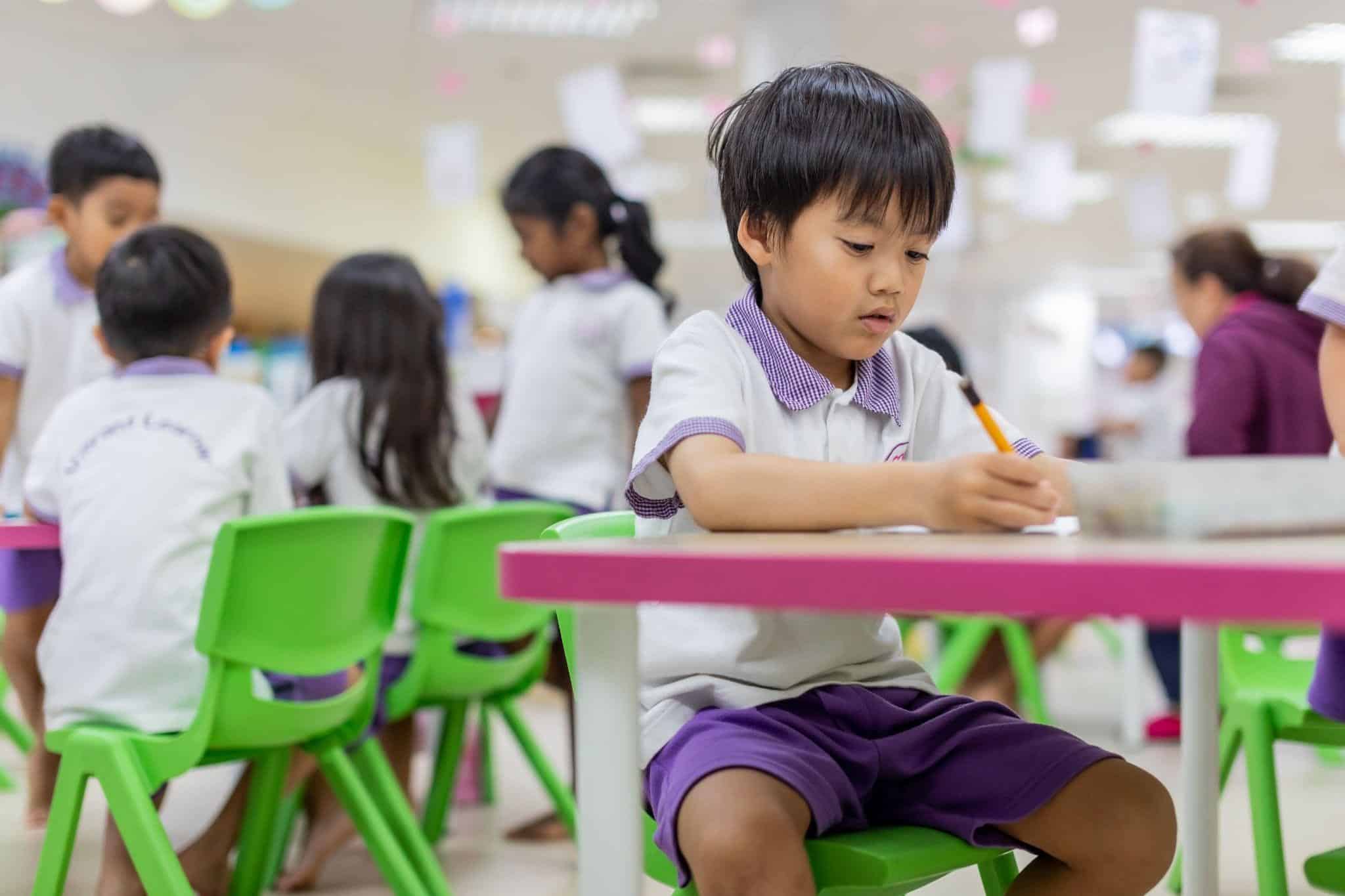In today’s rapidly evolving educational landscape, parents, educators, and childcare professionals constantly seek innovative methods to nurture children’s development. Among these, the Reggio Emilia Approach has garnered significant attention for its child-centered framework, which emphasizes exploration and discovery as central components of learning. This blog post aims to demystify the Reggio Emilia Approach, shedding light on its foundational principles and the myriad benefits it offers to young learners.
The Origins of the Reggio Emilia Approach
A Revolutionary Beginning
The Reggio Emilia Approach was born in the small Italian town of Reggio Emilia after World War II. It emerged from a community’s desire to create an educational system that was both child-responsive and capable of fostering creativity. Loris Malaguzzi, a psychologist and educator, played a pivotal role in shaping this approach by championing the belief that children are powerful, competent learners.
Community-Driven Development
One of the defining features of the Reggio Emilia Approach is its community-centric development. Parents and educators worked collaboratively to establish a system where the entire community participated in the educational process. This collaboration ensured that children’s learning experiences were deeply rooted in their cultural and social context.
Global Recognition and Adaptation
Over the years, the Reggio Emilia Approach has gained international recognition for its effectiveness in fostering holistic development. It has been adapted worldwide, with educators and parents alike praising its flexibility and ability to cater to the unique needs of each child. Today, it continues to inspire innovative practices in early childhood education.
Core Principles of the Reggio Emilia Approach
Child as Protagonist
At the heart of the Reggio Emilia Approach is the belief that children are active participants in their own learning. They are seen as curious explorers, capable of constructing knowledge through their interactions with the world around them. This perspective empowers children to take charge of their educational journeys, fostering a sense of ownership and responsibility.
The Role of the Environment
The environment plays a crucial role in the Reggio Emilia Approach, often referred to as the “third teacher.” Classrooms are designed to be inviting, stimulating spaces that encourage exploration and discovery. Natural light, open-ended materials, and flexible layouts create an atmosphere where creativity and collaboration can flourish.
Collaborative Learning and Documentation
Collaboration is a fundamental aspect of the Reggio Emilia Approach. Children are encouraged to engage in group work, where they can share ideas and learn from one another. Educators meticulously document these interactions, using photographs, videos, and written observations to reflect on the learning process and guide future activities.
Benefits of the Reggio Emilia Approach for Children
Fostering Creativity and Critical Thinking
The Reggio Emilia Approach places a strong emphasis on creativity and critical thinking, encouraging children to express their ideas through various mediums. Art, music, and role-playing become avenues for self-expression, allowing children to explore different perspectives and develop problem-solving skills.
Building Social Competence
Through collaborative learning experiences, children in Reggio Emilia-inspired settings develop essential social skills. They learn to communicate effectively, negotiate conflicts, and build meaningful relationships with peers and adults. These skills form the foundation for successful interactions throughout their lives.
Nurturing a Love for Learning
By allowing children to pursue their interests and curiosities, the Reggio Emilia Approach cultivates a genuine love for learning. Children are motivated to explore, question, and make discoveries, fostering a lifelong passion for knowledge and growth.
Implementing the Reggio Emilia Approach in Today’s Educational Settings
Adapting the Approach to Various Contexts
The beauty of the Reggio Emilia Approach lies in its adaptability. Educators can tailor the principles to suit diverse educational settings, including traditional schools, daycare centers, and home environments. This flexibility allows for a personalized learning experience that meets the unique needs of each child.
Empowering Educators and Parents
Educators play a vital role in implementing the Reggio Emilia Approach. They act as facilitators, guiding children’s inquiries and supporting their learning journeys. Parents, too, are encouraged to participate actively, creating a strong partnership between home and school that enhances the child’s educational experience.
Overcoming Challenges and Barriers
While the Reggio Emilia Approach offers numerous benefits, implementing it can pose challenges. Limited resources, time constraints, and resistance to change are common barriers. However, with commitment and creativity, educators and parents can overcome these obstacles and successfully integrate the approach into their practices.
In conclusion, the Reggio Emilia Approach offers a rich, dynamic framework for nurturing children’s development. By recognizing children as competent, capable learners and providing them with supportive environments, this approach fosters creativity, critical thinking, and a lifelong love for learning.
Whether you’re a parent, educator, or childcare professional, understanding and implementing the Reggio Emilia Approach can transform your approach to early childhood education. Consider exploring further resources or reaching out to local educational institutions, such as a daycare in Taylorsville, to see how they incorporate these principles into their programs.
Keep an eye for more news & updates on ChicagoHeading.Com!

